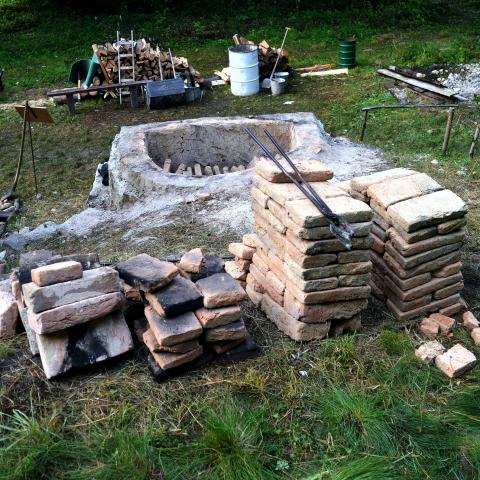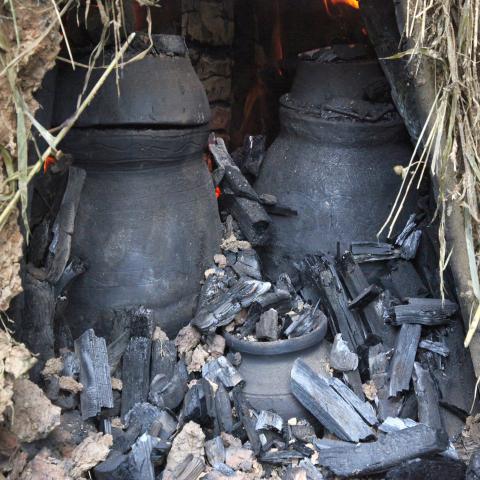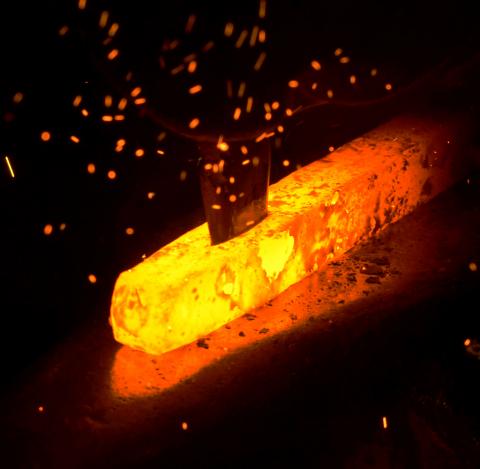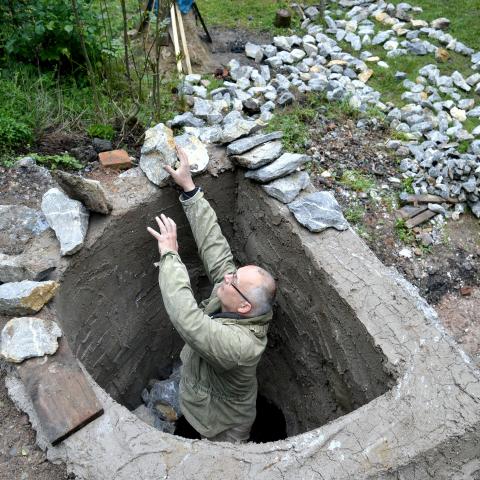Pokusný výpal kombinované vsázky ve vápenické peci na Staré huti u Adamova na příkladu čtyř druhů stavebních surovin

Historicky je doloženo, že středověké pece na pálení vápna byly po drobných technických úpravách schopny produkovat také cihly. Současně však ve stejném zařízení bylo možné pálit obě dvě stavební suroviny současně. V roce 2020 bylo k ověření této teorie využito experimentální vápenické pece stojící v areálu experimentální vesničky Technického muzea v Brně na Staré huti u Adamova, okr. Blansko. Předmětem pokusu byly vilémovické vápence ze Západního lomu Mokrá, krystalické vápence z Obecního lomu v Bystřici pod Perštejnem, slivenecké vápence z lomu Cikánka v Radotíně a sušené půdní cihly z Mikulova na Břeclavsku. Objem celkové vsázky činil asi 1,5 m3 a doba výpalu trvala 38 hodin. V rámci areálu Staré huti se jednalo o první pokus svého druhu.
Experimental firin g of combined furnace char ge in the lime kiln at Stará hu ť near Adamov on the example of four types of building materials
It is historically documented that following minor technical modifications, medieval lime kilns were also able to produce bricks. At the same time, however, it was possible to burn both building materials at the same time in the same plant. In 2020, an experimental kiln was used to test this theory, located in the experimental village of the Technical Museum in Brno at Stará huť near Adamov, district Blansko. For the experiment, Vilémovice limestone type from the Mokrá Quarry, crystalline limestone from the Municipal Quarry in Bystřice pod Perštejnem, and Slivenec limestone type from the Cikánka Quarry in Radotín and dried soil bricks from Mikulov in the Břeclav region were used. The volume of the total furnace charge was about 1.5 m3 and the firing time was 38 hours. It was the first experiment of its kind within the Stará huť near Adamov complex.



